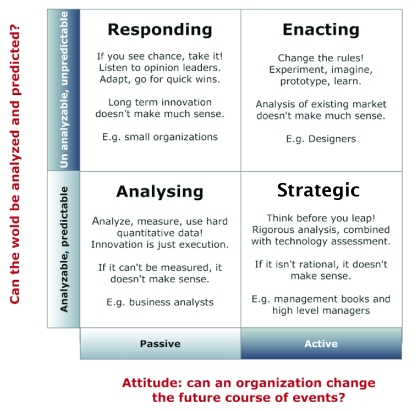I’ve been catching up on the Museopunks podcast series, and a section of March’s installment, the Economics of Free, particularly caught my attention. In an interview, director of the Dallas Museum of Art, Maxwell L. Anderson compares the data that shopping malls collect about their customers to the relative paucity of data that is collected about visitors to the typical art museum. I think it’s worth repeating (from about 18min into the podcast):
[Malls] know all this basic information about their visitors. Then you go to an art museum. What do we know? How many warm impulses cross a threshold? That’s what we count! And then we’re done! And we have no idea what people are doing, once they come inside, what they’re experiencing, what they’re learning, what they’re leaving with, who they are, where they live, what interests and motivates them . . . so apart from that we’re doing great, you know. We’re like that mall that has no idea of sales per square foot, sales per customer. . . so we’re really not doing anything in respect to knowing our visitors. And learning about our visitors seems to me the most basic thing we can do after hanging the art. You know, you hang the art, and then you open the doors and all we have been doing is “hey look there are more people in the doors”. And the Art Newspaper dedicates an annual ‘statistical porn’ edition of how many bodies crossed thresholds. Nobody’s asking how important the shows were, or what scholarly advances were realised as a function of them, or what people learned, how they affected grades in school. Nobody knows any of that. Nobody knows who the visitors were. So I consider it a baseline. We’re just at the primordial ooze of starting to understand what museums should be doing with this other part of our mission which is not the collection but the public.
I’d argue that we’re a little bit beyond the ‘primordial ooze’ stage of understanding*, although Anderson’s right in that many museums don’t go much beyond counting ‘warm impulses’ (those infra-red people counters). He goes on to describe how the DMA’s Friends program is giving the museum more data about what their visitors do while inside the museum, and how this can inform their engagement strategies (22:45):
This is just another form of research, you know . . . we do research on our collections without blinking an eye, we think nothing of it. We spend copious amounts of time sending curators overseas to look at archives to study works of art but we’ve never studied our visitors. The only time museums typically study their visitors is when they have a big show, and they’re outperforming their last three years, everybody’s excited, and there’s a fever, and you measure that moment, which is measuring a fever. The fever subsides, the data’s no longer relevant but that’s what you hold on to and point to as economic impact. And largely, it’s an illusion.
I find it interesting that Anderson puts visitor research on a par with collection-based research. Often, I get the sense that collection research is seen as ‘core’ museological business, but visitor research is only a ‘nice to have’ if there is the budget. But perhaps this is a sign of shifting priorities?
*Historically, most visitor experience research has taken place in science centres, children’s museums, zoos and aquariums rather than museums of fine art. Although there are of course exceptions.


